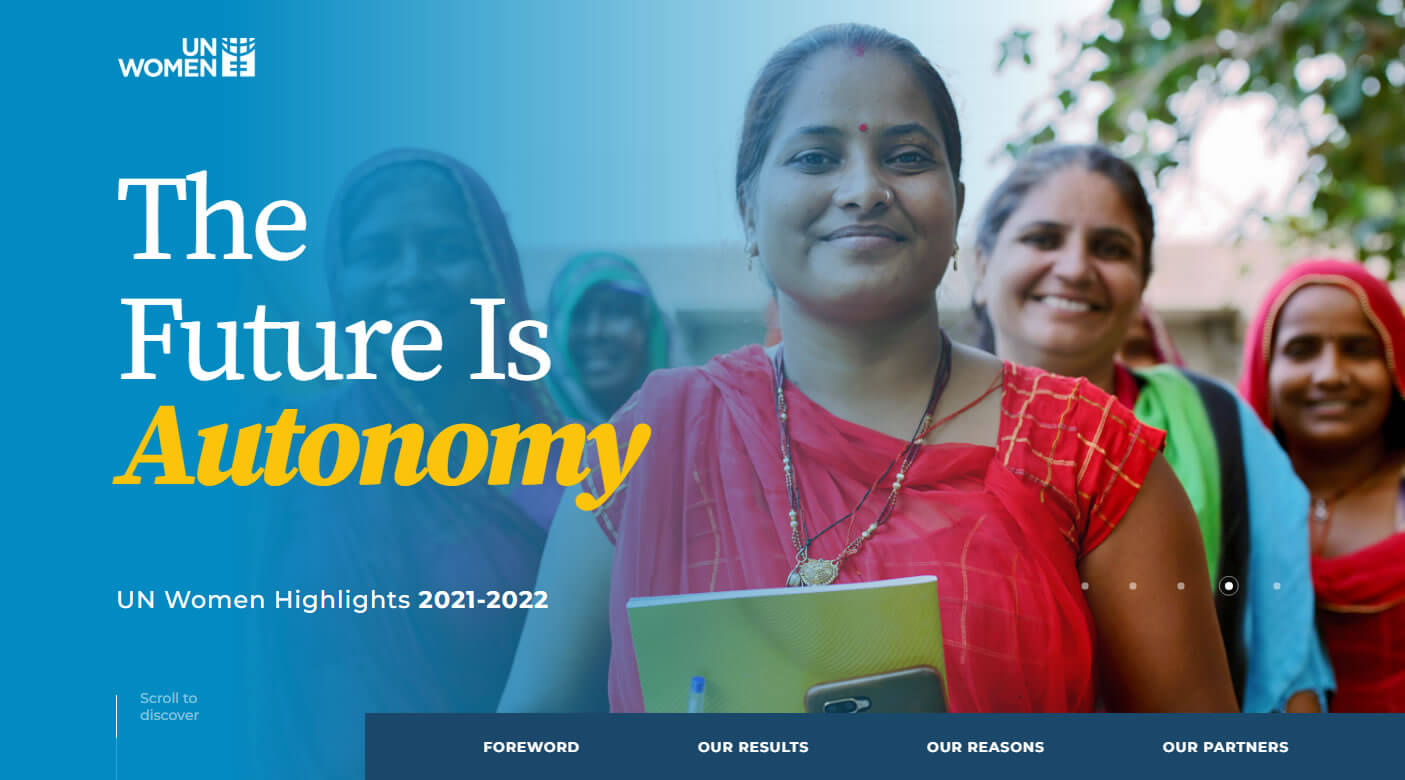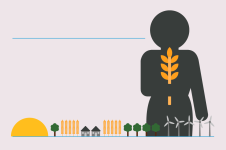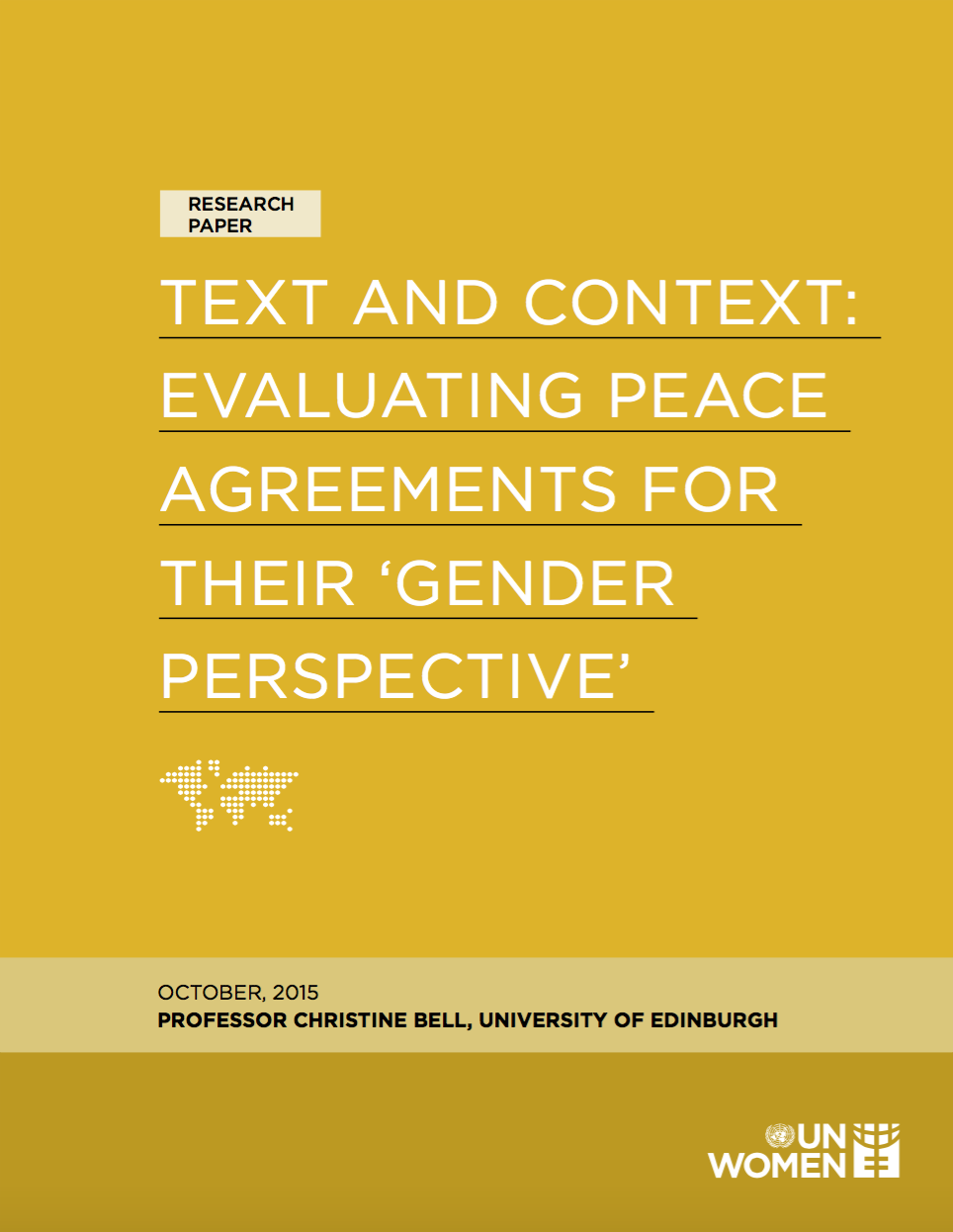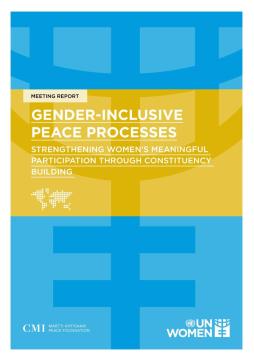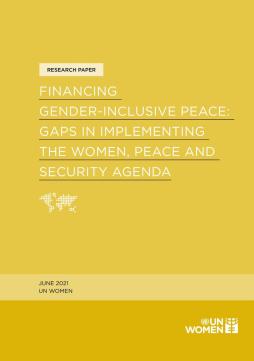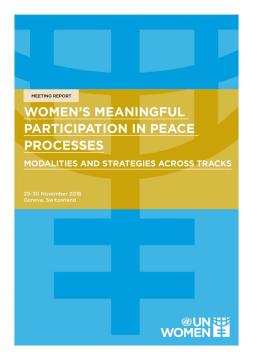Text and context: Evaluating peace agreements for their 'gender perspective'
Since approximately 1990, peace processes involving the negotiation of formal peace agreements between the protagonists to conflict have become a predominant way of ending violent conflicts, both within and between States. Between 1990 and 2015 1,168 peace agreements have been negotiated in around 102 conflicts, on a wide definition of peace agreements to include agreements at all stages of the negotiations.
Peace agreements are therefore important documents with significant capacity to affect women’s lives. However, a range of obstacles for women seeking to influence their design and implementation persists. These include difficulties with accessing talks, achieving equal influence at talks, raising issues of concern for women, and achieving material gains for women as an outcome of the peace process.
This report examines what ‘a gender perspective’ in peace agreements might mean, assesses numerous peace agreements from between 1 January 1990 and 1 January 2015 for their ‘gender perspective, and produces data on when women have been specifically mentioned in those peace agreements.




